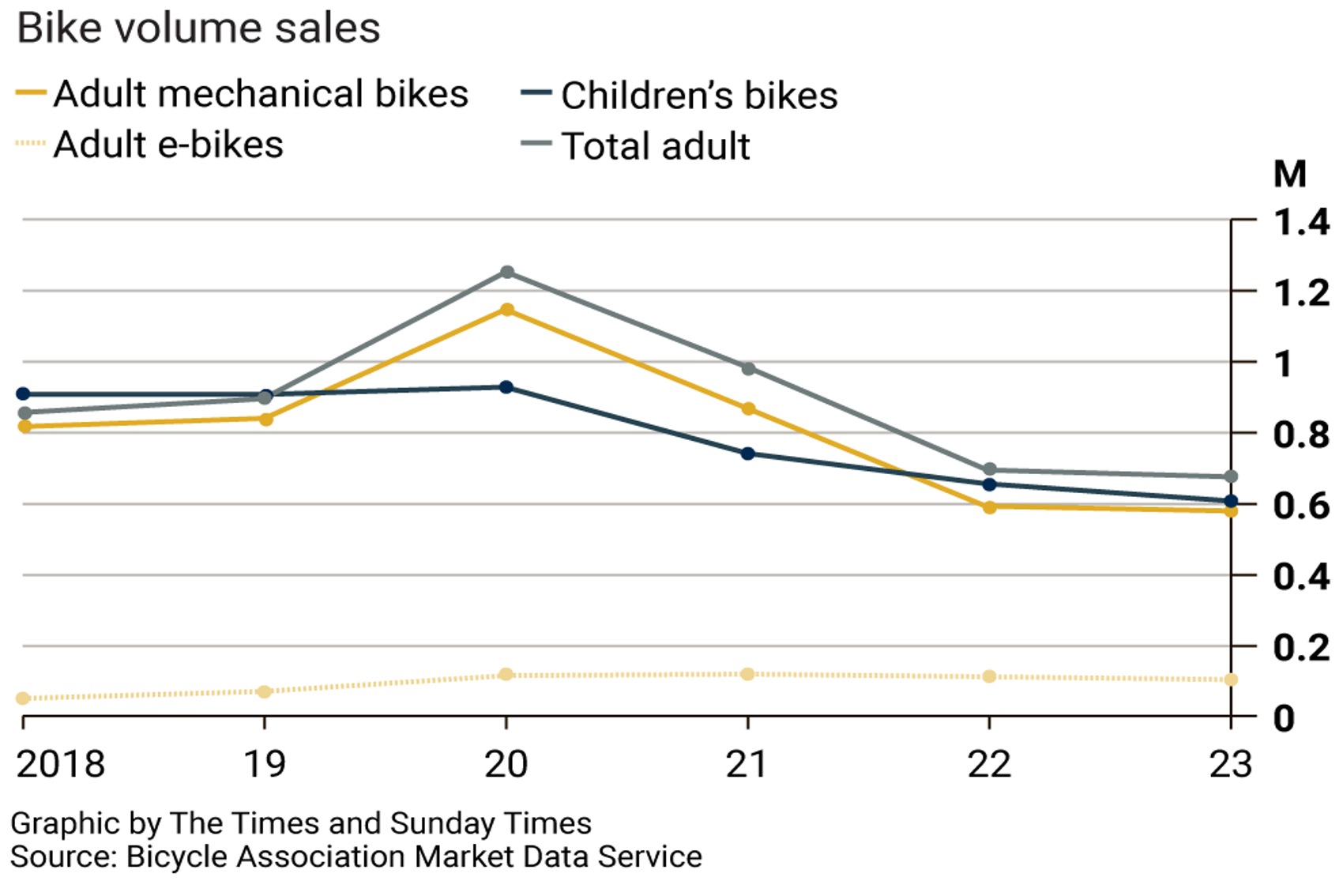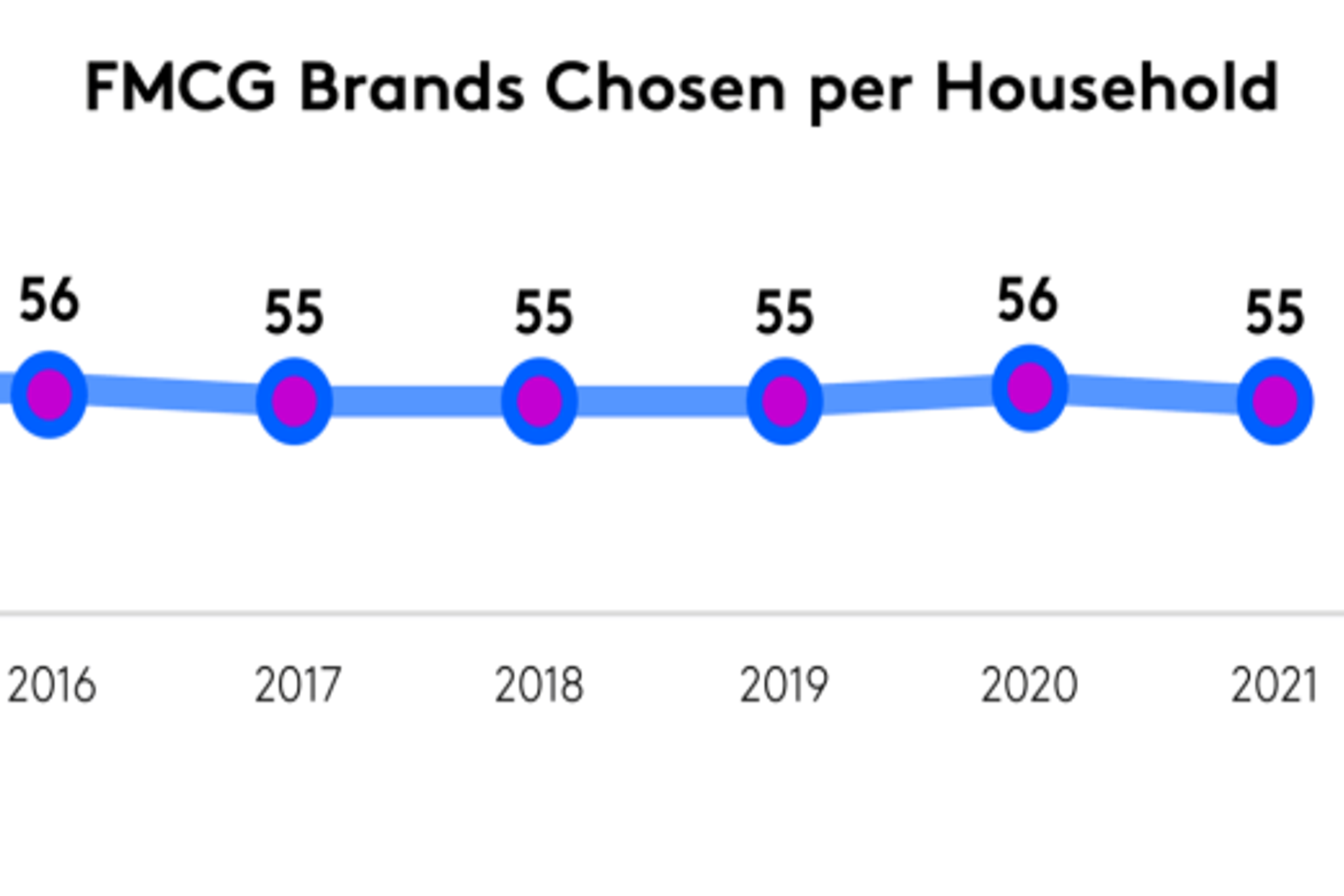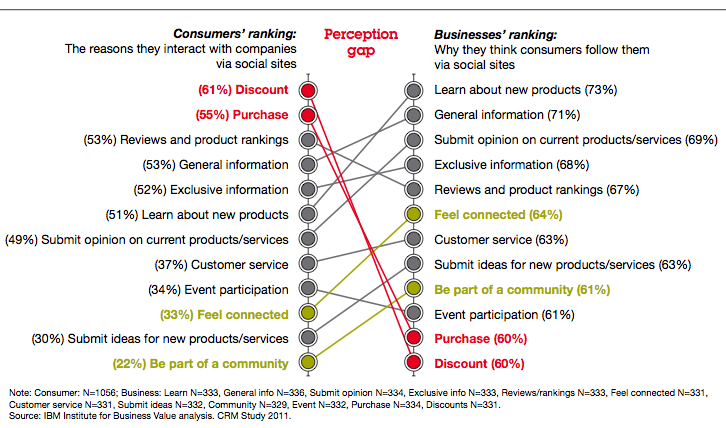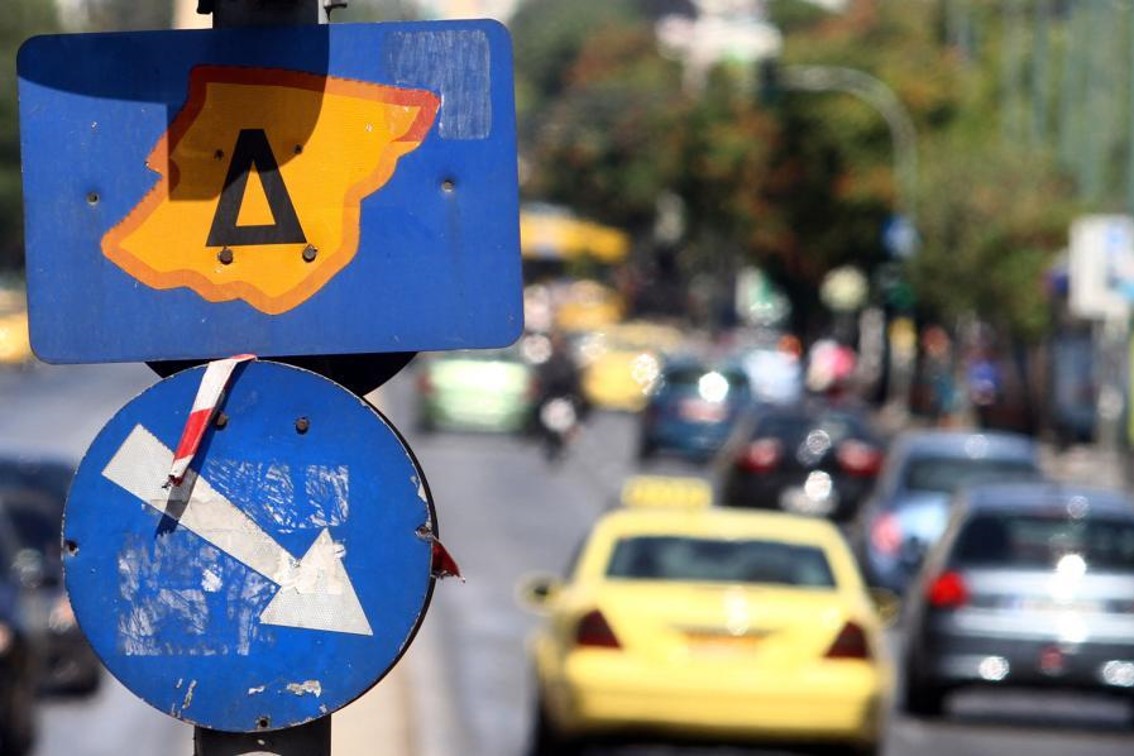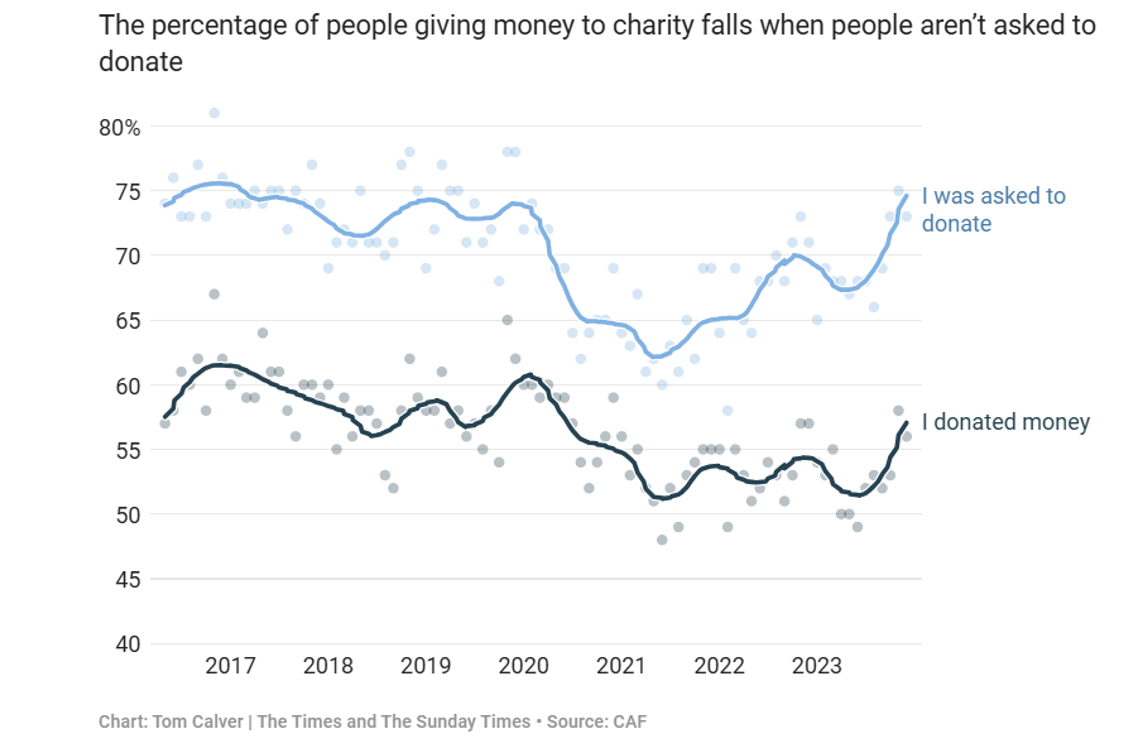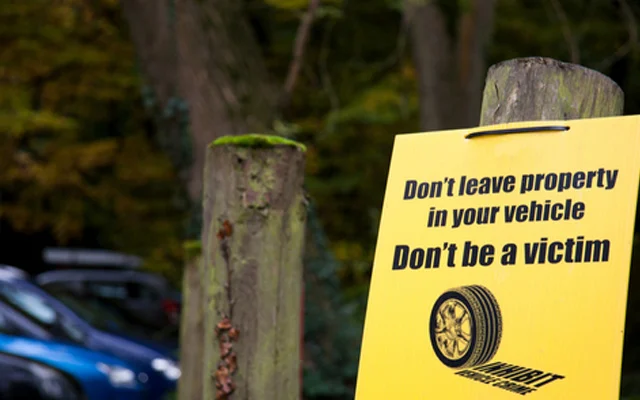The true figure is closer to 40%, at least in the UK. And it’s only going down, due to fewer wives filing for divorce during the first decade of marriage.
Consumer Behaviour
Aloha Friday, the tradition of wearing more casual attire on Fridays, initially grew out of an effort to promote aloha shirts. In a campaign called ‘Operation Liberation’, the Hawaiian Fashion Guild distributed two aloha shirts to every member of the Hawaii House of Representatives and the Hawaii Senate. Subsequently, a resolution passed in the Senate recommending aloha attire be worn throughout the summer.
Before the 1920s, bacon was not a quintessential breakfast dish. It took a brilliant PR campaign from the Beech-Nut Packing Company, who claimed that their product was healthy and backed by doctors.
The pandemic transformed our travel habits – but not for long. After a surge in 2020, bike sales in 2023 were 33% below pre-pandemic levels, and the lowest in the UK since 1985.
Despite all the technological change over the last decade, our buying habits remain remarkably similar: the average household buys a portfolio of 55 FMCG brands in a year. Of course the brands in question vary from year to year, but the challenge for marketers is still getting into a very limited buying set.
People are 2.5x more likely to switch brands after a major life event e.g. new job, marriage, retirement. (Note, this is based on claimed brand usage).
Marketers love to point out that consumers buy brands based on social values. But the truth is most consumers have no idea what these values are. On average, 12% of consumers can spontaneously link a brand to its social cause. And even when shown a list of social causes, only 24% link a brand to the correct one.
People follow brands on social media to buy products and save money, not to feel deep connection – as marketers assume.
Athens began using alternate number plate restrictions in the 1990s: on a given day you could only drive if you had an odd or even number. The rule only encouraged people to buy an extra car so they were always free to drive.
One of the main determinants of whether people donate to charity is not whether they can afford to but whether they are asked to. The percentage of people being frequently asked to donate plummeted during Covid-19. Sure enough, the percentage who donated fell – and only really recovered at the end of 2023, when charities started asking again.
Sending Christmas cards is a dying tradition, but it’s being kept alive by the social media generation. In a 2024 survey, under 35s were most likely to send at least one card, and the majority planned to send more than in the previous year.
Should you force a user to confirm a password when they complete your form? It certainly slows things down: removing the ‘confirm password’ box increases form conversions by 56% while not negatively affecting the password reset rate.
What explains the variation in uptake of the Covid-19 vaccine? For the most part it wasn’t due to technology, or availability, but cultural resistance to vaccinations. Countries like the USA. & Turkey had uptake of 65%, while it was over 90% in Hong Kong and Singapore.
The crime targets introduced by the Labour Party in the 1990s led to some anomalies. One police force showed a 27% decrease in “theft from a motor vehicle”, which did have a target, but a 407% increase for “vehicle interference”, which didn’t.
After the pandemic led to cruise ships being branded as “floating petri dishes,” 2024 saw a record number of passengers taking to the water for a holiday. Passenger numbers were up by 14.5% compared with 2019, which itself was a record year.




